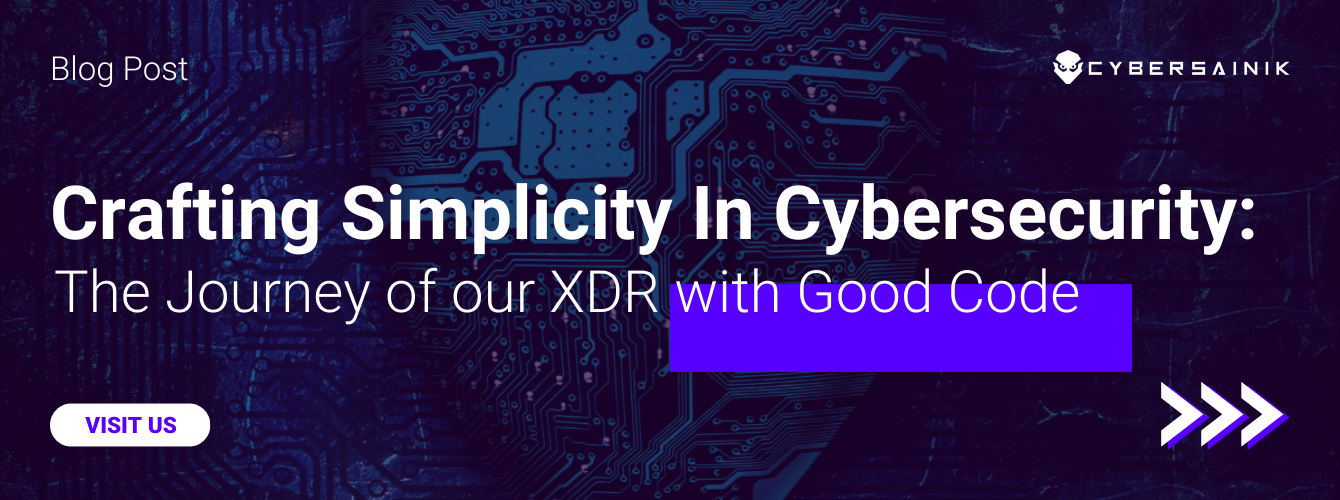One of the challenges faced by businesses that conduct activities online is how to keep their computer networks secure from threats. Hackers and other malicious actors constantly look for ways to penetrate computer networks and access personal or proprietary data. This data, once accessed, is used for various sorts of illegal activities, typically at the expense of the business or the individuals whose personal information was compromised.
With more than 60% of small and medium-sized businesses failing within 6 months of a cyberattack, it is important to have a cyber-security strategy in place to identify and negate any potential threats to your business. While there are several strategies that could be implemented to secure your network, the optimal cyber-security solution is facilitated through a security operations center.
What is a Security Operations Center?
A security operations center (SOC) is a facility where a business coordinates and implements its cyber-security strategy. At a SOC, a team of skilled cyber-security experts develop and implement security policies, and use the necessary technology to monitor and appropriately respond to any identified threats to a network. A standard SOC comprises a SOC manager, Tier 1 Alert Analysts, Tier 2 Incident Responders, and Tier 3 Subject Matter Experts (SMEs).
Benefits of a Security Operations Center
There are several benefits you stand to gain from using a SOC for your business’s cyber-security strategy. Discussed below are seven of these benefits:
1. Centralized Knowledge
With the myriad of attack vectors utilized by hackers to compromise a network, there is the possibility of some of them being overlooked. With SOCs, cyber-security experts are better equipped to have a complete overview of the entire network and potential vulnerabilities. They are able to share and store relevant information centrally such that the entire SOC team has access to the same knowledge and are thereby better equipped to identify and neutralize threats.
2. Cost Control
SOCs are generally more cost-effective than other cyber-security strategies. With the entire team in one location, businesses only have to contend with the cost of a single location. In contrast, with specialists scattered all over at different locations, businesses may have to pay for the use of multiple facilities or rooms, thereby resulting in increased operational expenses.
3. Threat Reports
With a decentralized cyber-security strategy, potential threats may be reported at more than one location. This may result in a delayed response to the reported threat because there may be a delay in getting the information to the responsible party. By the time the information is relayed and a response initiated, there may have been some significant compromise to the network. With SOCs, threats are reported at a single location and as a result, threat identification and response time are much quicker.
4. Improved Collaboration
SOCs allow for greater collaboration and coordination among members of the cyber-security team. Since they are in the same location, they are better able to work together and develop solutions to better monitor and protect a network. In addition, they are also aware of the tasks as well as activities of other team members and can ensure that they are not duplicating each other’s efforts.
5. Skilled Expertise
With there being a shortage of skilled cyber-security specialists, SOCs provide an avenue for businesses to readily locate and engage the services of skilled experts. A standard SOC team comprises cyber-security experts with diverse skill sets, therefore, team members can easily combine their skills to develop cyber-security solutions.
6. Threat Monitoring
SOCs allow for enhanced and more sophisticated monitoring of business networks. SOC teams typically have access to the latest threat monitoring and detection tools. As such, they are better able to recognize and contain threats. These tools enable them to spot potential network vulnerabilities and address them before they become an issue.
7. Response Time
The response time to an identified threat or vulnerability is quicker with SOCs. With enhanced threat monitoring and detection capabilities, SOC teams are able to rapidly respond to identified threats. In certain instances, the team may even be able to take proactive measures before a threat is identified. With a quick response time, the risk of network compromise is significantly reduced.
The Bottom Line
At Cyber Sainik, we know all about setting up and maintaining security operations centers. We have experts on staff ready to discuss your business’s needs and get you set up with a security operations center. Contact us today for more information.




